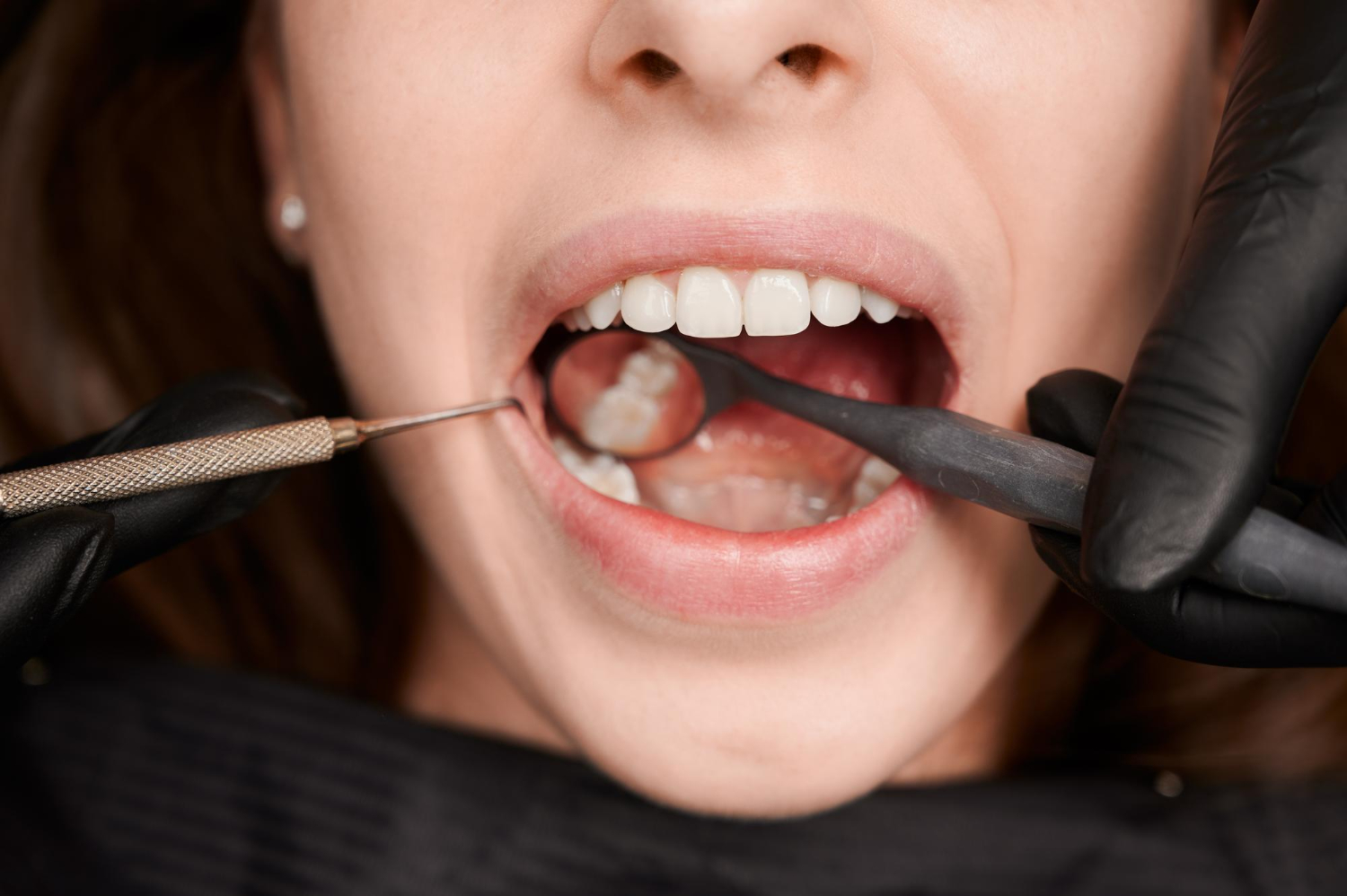What Is a Gingivoplasty and When Is It Necessary
Aug 21 , 2024
Gingivoplasty is a dental procedure aimed at reshaping the gum tissue to improve the appearance and health of the gums and teeth. This procedure is often performed by a periodontist or a dentist with specialized training in gum surgeries. Gingivoplasty can be done for both cosmetic and medical reasons, making it a versatile option for enhancing oral health and aesthetics.
What Is Gingivoplasty?
Gingivoplasty involves the surgical reshaping of the gum tissue around the teeth. The procedure can be performed using a scalpel, laser, or electrosurgery, depending on the specific needs of the patient and the preference of the dentist. The primary goal of gingivoplasty is to contour the gums to create a more harmonious and balanced appearance, particularly in cases where the gums are uneven, overgrown, or misshapen.
This procedure is often confused with gingivectomy, another type of gum surgery. However, while a gingivectomy involves the removal of excess gum tissue, gingivoplasty focuses on reshaping and contouring the gums. Sometimes, both procedures are performed together to achieve optimal results.
When Is Gingivoplasty Necessary?
Gingivoplasty may be recommended for a variety of reasons, both cosmetic and medical. Some of the most common situations where this procedure may be necessary include:
Cosmetic Enhancement: Many patients seek gingivoplasty to improve the aesthetic appearance of their smile. This is particularly common for those with a “gummy smile,” where an excessive amount of gum tissue is visible when smiling. By reshaping the gums, gingivoplasty can create a more proportionate and attractive smile, enhancing the overall facial appearance.
Gum Recession: Gum recession occurs when the gum tissue pulls back from the teeth, exposing the roots and leading to increased sensitivity and a higher risk of decay. Gingivoplasty can help to restore the gum line to its original position, providing better protection for the teeth and improving their appearance.
Periodontal Disease: In cases of advanced periodontal disease, the gum tissue can become damaged and misshapen. After the infection is treated, gingivoplasty may be necessary to remove diseased tissue and reshape the gums to promote healing and prevent further complications. This can also help to reduce the depth of periodontal pockets, making it easier to maintain good oral hygiene and prevent future infections.
Orthodontic Treatment: Gingivoplasty may be performed in conjunction with orthodontic treatments, such as braces or Invisalign, to ensure that the gum line complements the newly aligned teeth. This can help to create a more uniform and aesthetically pleasing result once the orthodontic treatment is complete.
Trauma or Injury: Sometimes, the gum tissue can become damaged due to trauma or injury, leading to uneven or irregular gum lines. Gingivoplasty can be used to correct these issues and restore the natural contour of the gums.
The Gingivoplasty Procedure
The gingivoplasty procedure typically begins with the administration of local anesthesia to ensure patient comfort. The dentist or periodontist will then use a scalpel, laser, or electrosurgical tool to carefully reshape the gum tissue. The procedure is usually completed in one visit, although more extensive cases may require additional sessions.
Recovery from gingivoplasty is generally quick, with most patients experiencing only mild discomfort and swelling. Following the procedure, patients are advised to follow a soft diet, avoid smoking, and maintain good oral hygiene to promote healing. The dentist may also prescribe pain relievers or antibiotics to prevent infection.
Gingivoplasty is a versatile and effective procedure for reshaping and contouring the gums, whether for cosmetic enhancement or medical reasons. By improving the appearance and health of the gums, gingivoplasty can contribute to a more attractive smile and better oral health. If you believe you could benefit from gingivoplasty, consult with your dentist or periodontist to discuss your options.









